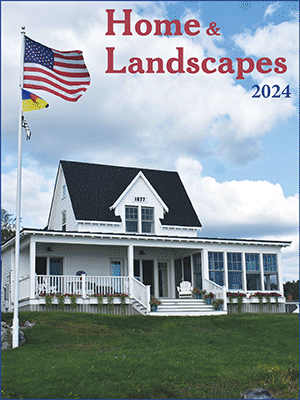Fall Migration Hotspot: Your Own Bird Feeder
While some great birding locations are found by driving hundreds of miles, you can also find some amazing birds right in your own backyard! A lot of migrants are tired after a long journey to your house, and will follow local flocks of chickadees and songbirds to the places where they regularly feed. If your feeder is one of those places, you can find some really incredible warblers and migrants at your feeder. If you don’t have a feeder already, I strongly encourage you to get one. Even if you don’t know what birds are coming to your feeder, you can still find joy in simply seeing birds. However, there are some important things to remember when you decide to get a bird feeder. The most important thing to remember is that you have to keep your bird feeder clean! If you don’t clean it every time you refill your feeder with food, you can encourage the growth of mold and bacteria, not to mention the growing supply of bird poop that will inevitably accumulate. If you don’t know how to properly clean your bird feeder, there are some great websites that tell you how to. The main idea is that you want to clean it about every two weeks with hot water, or in the dishwasher, using a soap that is safe for birds. Once you have cleaned it and it is dried, you can fill it with bird food and let the birds enjoy it!
Once you have a nice, clean bird feeder, you can start thinking about how you want to use it. It is totally fine if you don’t want to keep track of the birds that come to your feeder. If you do want to track the birds coming to your feeder, something you can look into is a yard list. A yard list is essentially a list of birds that you have seen in your yard. Everyone has different requirements for what they put on their yard list. For example, you may or may not include birds that you have only heard on your property, you may include birds only in your bird feeder and bird bath, and so on.
If you do have a bird bath, it is important to clean it regularly, which includes washing it and cleaning out any gunk and debris that fall in it. You should also note that the water should not be more than 2-3 inches deep. If it is any deeper than that, the birds will be too afraid of the deep water to enter and drink. Once you have a clean yard, the birds will enjoy it, you will enjoy it, and everyone will have fun!
 A Tufted Titmouse grabs a drink at a clean bird feeder. Photo courtesy Eliza Nickelson.
A Tufted Titmouse grabs a drink at a clean bird feeder. Photo courtesy Eliza Nickelson.
 A dirty feeder before a cleaning. Photo courtesy Eliza Nickelson.
A dirty feeder before a cleaning. Photo courtesy Eliza Nickelson.
 A freshly cleaned bird feeder filled with food waiting to be eaten. Photo courtesy Eliza Nickelson.
A freshly cleaned bird feeder filled with food waiting to be eaten. Photo courtesy Eliza Nickelson.
 A Tufted Titmouse eats at a clean bird feeder. Photo courtesy Eliza Nickelson.
A Tufted Titmouse eats at a clean bird feeder. Photo courtesy Eliza Nickelson.
United States






























